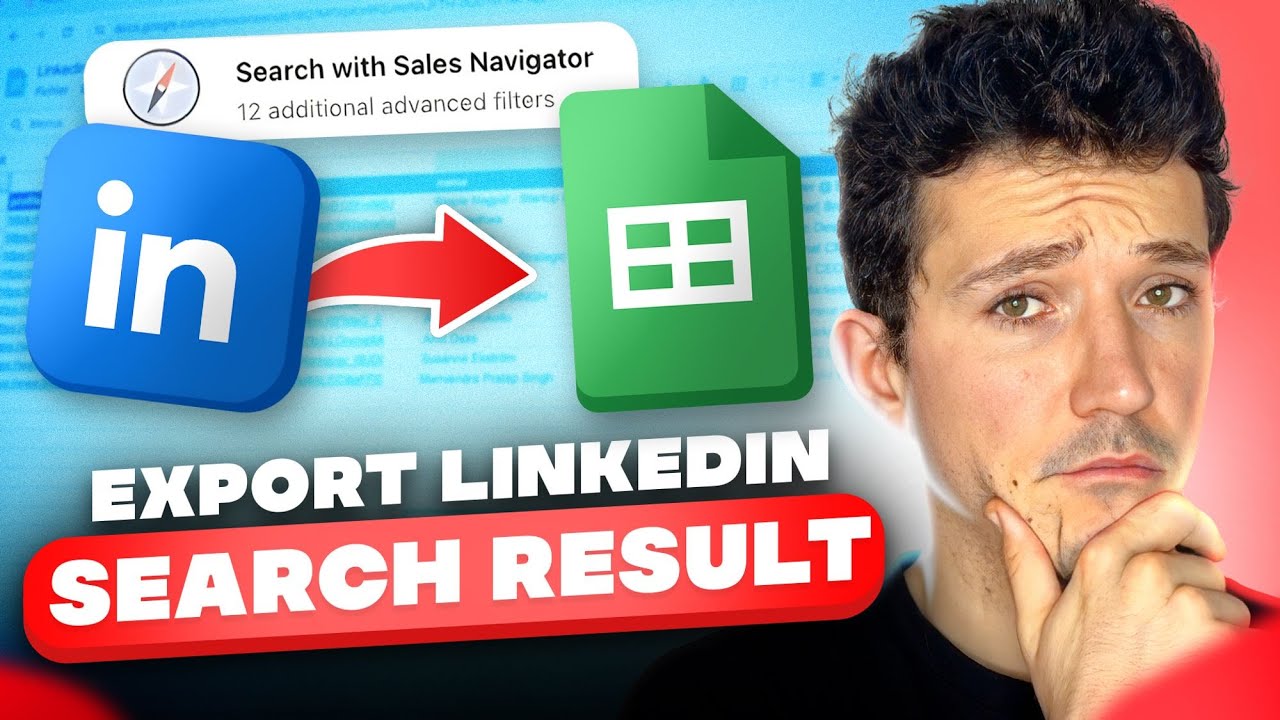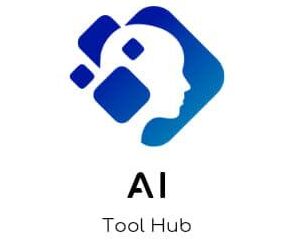Have you ever thought about how data-driven your outreach could become if you could seamlessly transfer your LinkedIn searches to a spreadsheet?
In today’s world, LinkedIn has become more than just a platform for networking; it’s a powerful tool for business development. The ability to analyze your connections, prospects, and outreach strategies can lead to a more productive sales pipeline. If you’re searching for a way to leverage this data effectively, exporting LinkedIn searches to Excel might just be the solution you’ve been looking for.
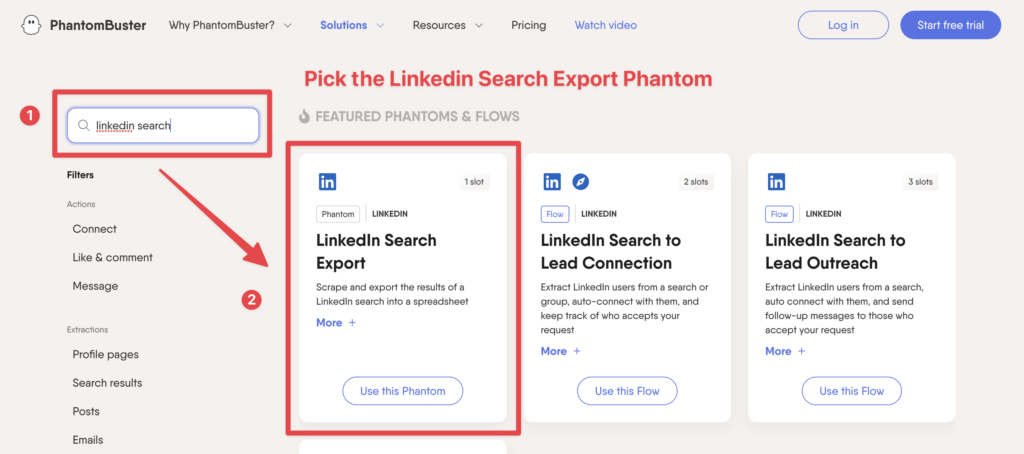
This image is property of evaboot.com.
Understanding LinkedIn’s Limitations
LinkedIn, with its sophisticated search functions, allows you to filter results based on various criteria. However, when it comes to exporting those search results, you’ll hit a wall. LinkedIn does not provide a straightforward way to export your searches directly to Excel. This limitation can be frustrating, especially when you’re trying to track your outreach efforts, organize your leads, or analyze your connection strategies.
While you can manually copy and paste data from your searches into Excel, it can be tedious and time-consuming. It begs the question: Is there a better way?
The Value of Exporting LinkedIn Searches
Imagine being able to analyze the potential of your LinkedIn connections, segment them by criteria such as location or industry, and track your outreach efforts all in one place. This innovative approach can help streamline your processes and improve your results. For professionals in sales and marketing, having your data in a structured format can lead to better decision-making and more efficient outreach.
When you can visualize your leads on Excel, you can easily spot trends, measure engagement levels, and adjust your strategy accordingly. Ultimately, being able to export your LinkedIn data opens a door to greater productivity and helps you stay organized.
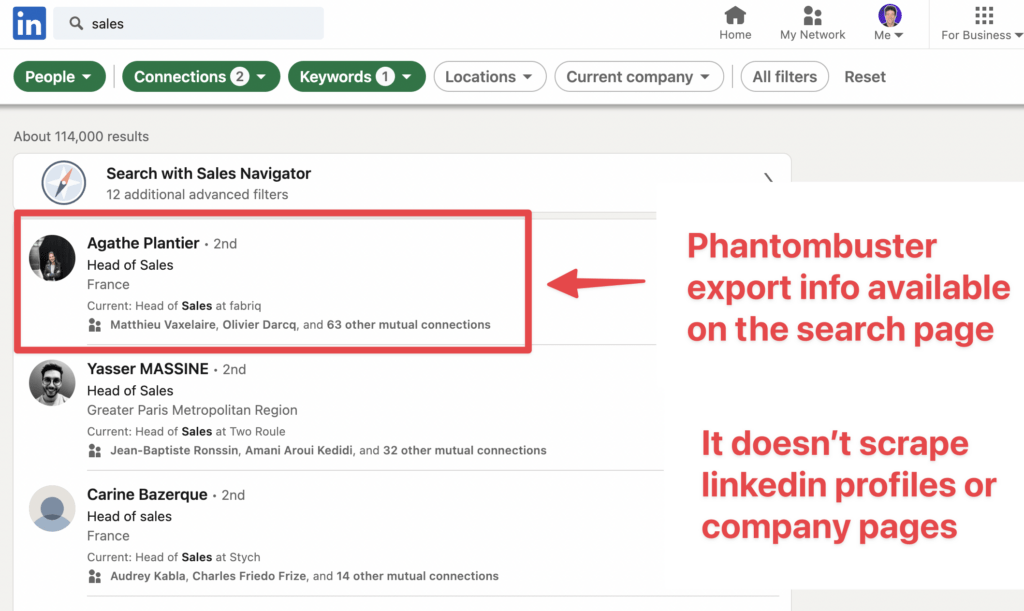
This image is property of evaboot.com.
Workarounds for LinkedIn Data Export
While LinkedIn doesn’t support direct exports from searches, there are a few workarounds that you might find helpful. Let’s break these down into user-friendly methods.
Manual Copy-Pasting
While the most straightforward method is simple, it’s not always the most efficient one. You can manually select relevant data from your LinkedIn search results, copy it, and paste it into an Excel sheet. This method can work for small batches of leads, but it might not be feasible for larger datasets.
- Conduct Your Search: Use LinkedIn’s search function to filter the results based on your criteria.
- Select the Data: Highlight the information you need.
- Copy and Paste: Use the copy-paste function to transfer the data into Excel. You may have to adjust the formatting.
Using LinkedIn Sales Navigator
If serious about your outreach efforts, you might consider LinkedIn Sales Navigator. This premium tool provides more advanced search capabilities, and it allows you to save leads and accounts into lists. However, keep in mind that it still doesn’t provide a one-click export option.
If you have a Sales Navigator subscription, here’s how you can maximize its value:
- Create Custom Lists: Build tailored lists of potential leads using filters like industry, company size, or geography.
- Capture Data: While you can’t export the data directly, you can efficiently manage this data within the tool, which reduces the need for extensive manual work.
- Use CRM Integration: If your CRM integrates with Sales Navigator, you can push your lead lists directly into your CRM for further management.
Third-Party Tools
Several third-party applications and browser extensions can assist you with exporting LinkedIn data more efficiently. However, it’s essential to choose tools that comply with LinkedIn’s terms of service to avoid potential issues.
Here’s a brief selection of popular tools you can consider:
| Tool Name | Description |
|---|---|
| PhantomBuster | This is an automation tool that can scrape LinkedIn data and export it to CSV files. |
| Dux-Soup | A LinkedIn automation tool that collects data from your LinkedIn search results. |
| LinkedHelper | Offers automated outreach and data collection capabilities. |
Caution with Third-Party Tools
While these third-party tools can significantly enhance your LinkedIn processing capabilities, they often come with their risks. Automation of any kind can create complications, such as violating LinkedIn’s user agreements. Always read the terms of service for both LinkedIn and the tool you choose to ensure you’re compliant.
The Importance of Organized Outreach
Once you’ve obtained your data, the possibilities are endless. Effective sales strategies rely on organization. With your LinkedIn searches transferred to Excel, you can categorize, analyze, and strategize your outreach effectively.
Segmenting Your Leads
After exporting your search results, one of the first steps you might want to take is segmenting your leads. By organizing your outreach efforts, you can tailor your messaging to fit different groups.
- Demographics: Segment leads based on age, location, or industry.
- Engagement Levels: Track which leads have interacted with your previous messages.
- Conversion Probability: Gauge how likely a lead is to convert based on previous interactions.
Analyzing Your Outreach Efforts
With all the information neatly organized, enticing patterns may begin to emerge. You might notice:
- Which messaging tactics have garnered a higher response rate.
- What industries you’re having the most success with.
- When to follow up based on prior conversation history.
A/B Testing
Once you have your data organized, you can strategically test different outreach methods or messages. A/B testing allows you to see what works best for your audience, helping you refine your outreach techniques as you grow.
- Create Test Groups: Split your leads into different groups for messaging.
- Measure Responses: Track which group responds better to specific messaging.
- Adjust Accordingly: Use these insights to refine your overall strategy.
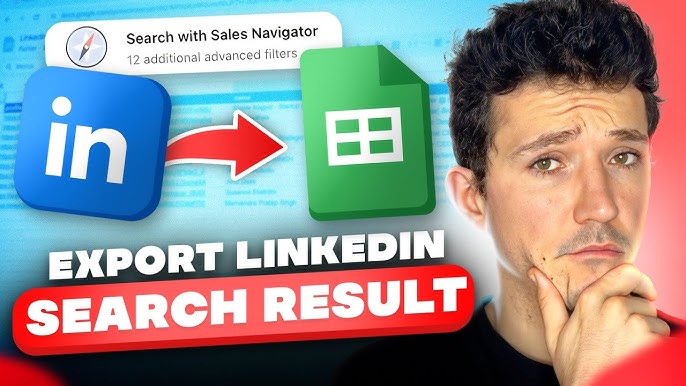
This image is property of i.ytimg.com.
AI: The Game-Changer in Outreach
While managing data might feel overwhelming, consider integrating an AI tool into your outreach process. Tools like Periodix can streamline your LinkedIn interactions, automate responses, and even manage follow-ups for you.
Automating Engagement
With Periodix, you can let AI take over repetitive tasks that consume your time:
- Creating Messages: Automatically generate tailored outreach messages based on the profile of your lead.
- Follow-Ups: Follow up with leads who might have gone cold without lifting a finger.
- Tracking Interests: Gauge the engagement and interest levels of your prospects, allowing you to act promptly with tailored replies.
Unified Inbox
Periodix also offers the functionality of a unified inbox where you can manage multiple profiles. This feature brings efficiency to another level by allowing you to see all interactions in one place instead of juggling multiple accounts.
Keeping It Compliant
When it comes to automation, keeping compliance in mind is crucial. LinkedIn has strict policies against aggressive automation practices.
Understanding LinkedIn’s Terms of Service
Before working with any third-party applications or automation tools, it’s vital to familiarize yourself with LinkedIn’s user agreements. Here are some points to keep in mind:
- Automated Actions: LinkedIn frowns upon automated actions such as scraping content, sending mass messages, or connecting with hundreds of users in a short time.
- Account Safety: Using compliant tools reduces the risk of having your account restricted or banned due to violating terms.
Ethical Considerations
While automating your outreach can save time, remember that genuine interactions often convert better than automated spam. A balanced approach to outreach – using both manual and automated methods – allows you to maintain authenticity while enhancing efficiency.
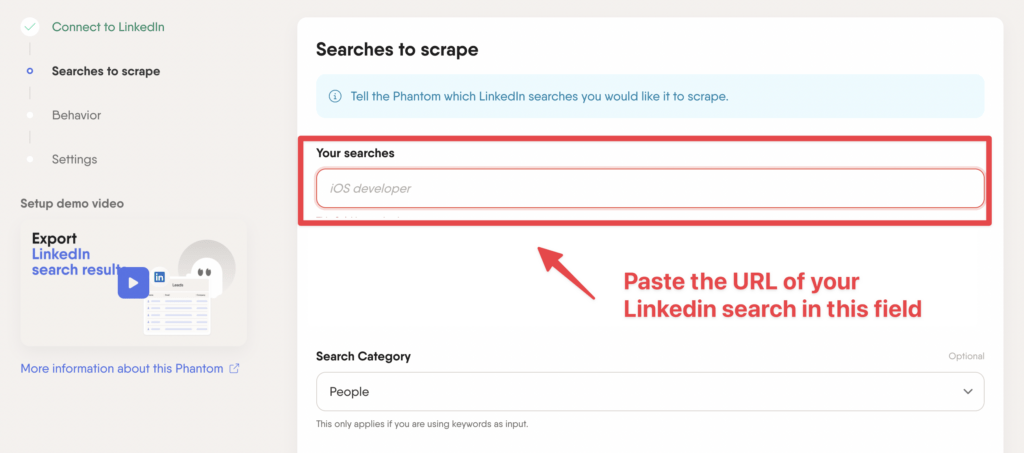
This image is property of evaboot.com.
Wrapping It Up
Exporting LinkedIn searches to Excel might initially seem challenging, but with the right strategies and tools, you can effectively leverage the data you gather. Finding workarounds, utilizing premium tools like Sales Navigator, and automating your outreach with AI can transform your LinkedIn experience.
As you move forward, think about how you can refine your outreach practices. Are you ready to see your potential leads in a new light? By understanding your data and embracing the power of automation, you can enhance your productivity and close more deals in less time. So, yes—you can export your LinkedIn searches into a format that helps you, whether through direct methods or third-party tools. Embrace these insights and watch your outreach efforts flourish.
